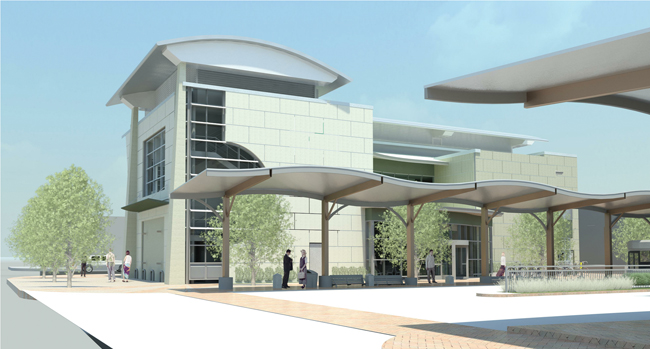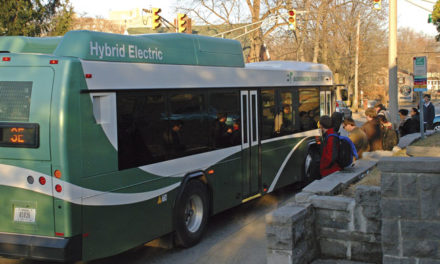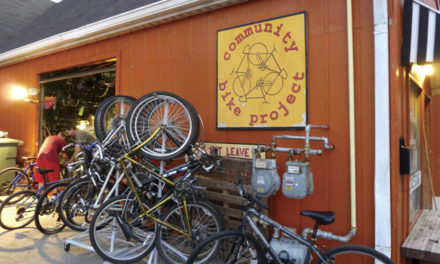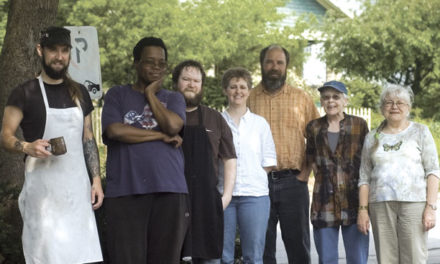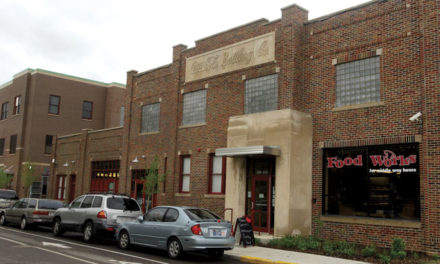BY ELISABETH ANDREWS
Bloomington’s award-winning bus system gets a major upgrade this summer with the completion of the state-of-the-art Downtown Transit Center at the corner of East 3rd Street and South Walnut. The new facility, which offers public restrooms, air conditioning, Wi-Fi, and real-time digital bus tracking, “will be a huge improvement over what we currently have for our customers,” says Bloomington Transit (BT) General Manager Lewis May.
“We’ve long since outgrown the old terminal, which was really just a glorified bus shelter,” he says. That facility, at East 4th and South Washington streets, built in 1987, preceded a 10-fold growth in ridership that has resulted in more than 3.5 million rides per year. Partnerships with Indiana University, Rural Transit, the City of Bloomington, and Monroe County have encouraged the increase, as have upgrades like larger, fuel-efficient vehicles and an expansive system of nine routes — features that earned BT top honors from the American Public Transit Association.
The new space will provide more of what May calls “creature comforts.” Passengers can purchase tickets, pick up snacks and drinks from vending machines, and enjoy a comfortable, climate-controlled waiting area. Behind the building, two rows of canopied boarding stations stretch from South Walnut to South Washington streets, shielding waiting riders from sun, rain, and snow.
In collaboration with city arts advocates, BT has also worked to make the project an aesthetic success. Indiana limestone clads the building and forms a row of seats outside. Local architect Matt Ellenwood designed custom bike racks and benches for the center, and local artist Dale Enochs is crafting colorful exterior wall art that celebrates different forms of transportation.
Another point of pride for BT is the project’s contribution to environmental sustainability. The center is located on a former brownfield site that required environmental cleanup due to leaking underground storage tanks. Features such as recycling receptacles, native vegetation, pervious pavement to control storm water runoff, and high efficiency lighting, plumbing, and heating and cooling are part of an effort to qualify for Leadership in Energy and Environmental Design (LEED) Silver certification, an international recognition of environmental stewardship.


